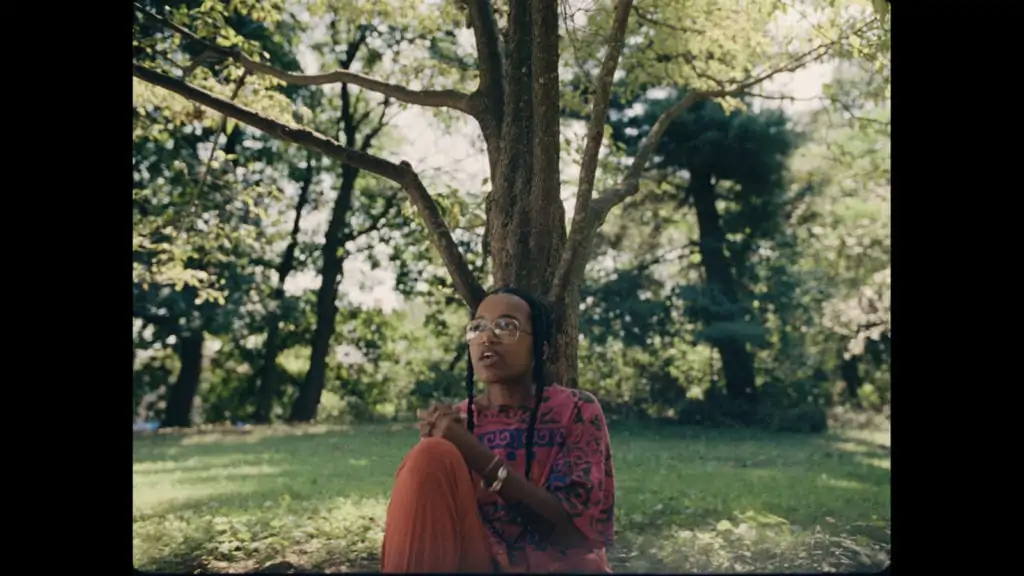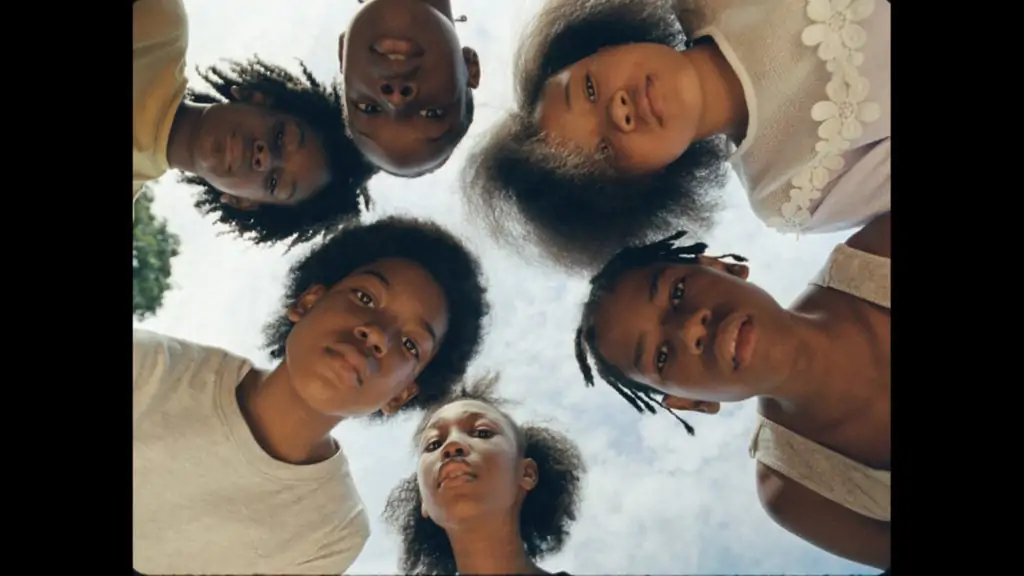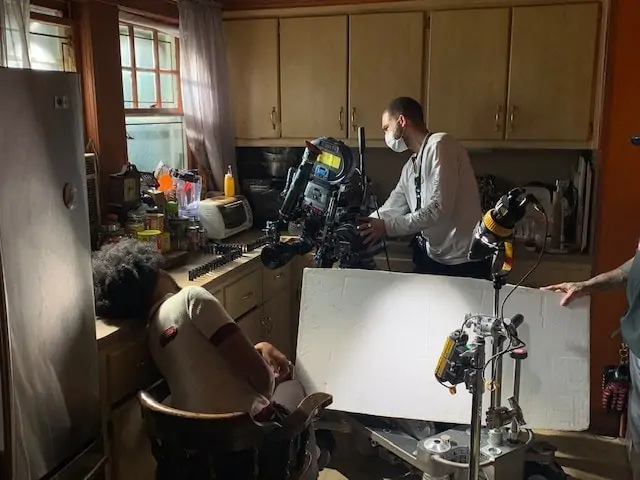INVENTIONS OF CREATIVITY
Inspired by the 1970s Black ABCs teaching aid, short film Don’t Go Tellin’ Your Momma is an inventive reimagining of the flash cards for a 21st century audience.
With an ambition to create a modern version of educational flash cards created in the ‘70s, musician-director Topaz Jones teamed up with directing duo Rubberband and cinematographer Chayse Irvin ASC CSC to realise his vision. The unique and thought-provoking creation, set to Jones’ music and interspersed with interviews and archival footage, was crowned Best Non-fiction Short at this year’s Sundance Film Festival.


“We started by looking at what each letter could stand for in contemporary terms, connected to Topaz’s culture. The cards were designed to educate African American kids, so we wanted the theme of play to come through,” says Irvin. “There are novel ideas for every letter in the film – some preconceived and others improvised as the choices made in those moments are often the most beautiful inventions of creativity.”
From the initial prep stages, production designer Eric McNeil was “in tune with what would appeal to a modern audience”. From a cinematographic perspective, the directors valued a simple approach, with each letter needing its own identity. Early plans were to create a collection of films that would also exist as prints, similar to the original cards’ format, rather than a short film. Therefore, Irvin chose a 1.33:1 aspect ratio that could translate easily into printed cards.
The film was shot in New Jersey, where Jones grew up. LiteGear LiteTiles resting on exterior windowsills were used when working in filming locations with restricted space. Black ripstop was used to subtract light and full grid to diffuse – both lightweight material that supports Irvin’s for spontaneity and can be taped to ceilings without causing damage.


“Lighting was simplistic overall,” he says. “When recreating sun, we used a Joker Jo-Leko. For the hardest scene to light – when the dominoes crush Topaz – we used a T-Rex Skaterscope lens, so we needed to supplement the lighting to a deeper stop to create the depth of field, and then shoot a green screen shot of mini Topaz, which I matched the lighting to look as real as possible.”
Irvin always carries out tests before choosing the format that stimulates him most, which on this occasion was 35mm film. Every shot needed “something special” and as the cinematographer was interested in pulling and flashing film, he felt this was the ideal project to explore the processes’ creative possibilities.
Irvin shot on a mixture of Kodak Vision3 200T (5213) and Kodak Vision3 500T (5219), believing them to be “the most versatile stock in the Kodak range in terms of speed”. Knowing he would be shooting in a variety of lighting conditions and would not always have total control, the 5219 stood out as the “perfect choice”. Film processing was carried out at Kodak Lab NYC.
Filming with his trusty Arricam LT, with a 4-perf movement installed for the shoot, Irvin mostly kept the camera on a dolly, slider, zoom and tripod to “keep the movement simple”. Irvin observed the interview conversations in a novel way each time, some on a very long zoom lens or wide and low to the ground and others scanning the face or constantly moving and often from acute angles.

“I value the Arricam LT because it’s reliable, is supported with an HD tap for clear video feed for the ACs and directors and offers sync sound. It’s also lightweight and small in comparison to other film cameras.”
Supporting his desire for spontaneity, Irvin selected Zeiss Master Primes. “The focusing technology is loose and the distances are clear for ACs to work with, whereas vintage film lenses can get very tight and hard to turn, especially with extra weight on the front end,” he says. “Being in the moment and responding to something happening authentically is important and provides greater aesthetic value. The spherical elements in the Master Primes also create a simple creamy image without flattening it with aspherical elements.”
Key members of the crew included 1st AC Jasmine Chang, 2nd AC Emma Penrose, loader Sarah Penson and key grip Rob “Smitty Smith. Irvin also teamed up with apprentice and gaffer Iain Trimble to create a custom film flasher, generating a “dusty effect and specific palette that in some cases produced rich browns and rich skin tones”. Working with Sean Goosen (formerly at Lite Gear), they created a high-density ribbon that sits in the ARRI diopter tray. “A custom 138mm low-contrast filter from Tiffen was recessed in the diopter tray with LEDs around it and then we used a wireless dimmer linked to an iPad. A Canon 5D digital camera and Blackmagic Pocket 4K Cinema Camera were used to set the intensity of the flashing and I pull processed the film.”
Variable ND device Cinefade was valuable as it supported the flashing of the film and maintaining a selective focus with the lens. “It can be frustrating in a traditional film workflow to have to swap ND filters to maintain the aperture, but Cinefade allows you to change it quickly. It was also helpful when shooting at dusk. When filming in this narrow window of light you have no control over the fading light, but Cinefade moves the ND by thirds of a stop increments, so I can maintain a consistent exposure between shots without changing the aperture.”


In the grade, colourist Alex Bickel supported the look by striking a balance. “I wanted to find a balance between something romantic yet raw which is hard because it’s easy to manipulate the footage past the point where it still feels simple,” says Irvin.
“Alex found that middle ground, grading the film to represent rich, dynamic colours, but keeping the blacks neutral and keeping any tint out of the shadows. We wanted warmth to create the romance which we added through the highlights. This process was in line with the creativity, honesty and authenticity of the project which I was honoured to be a part of.”




















